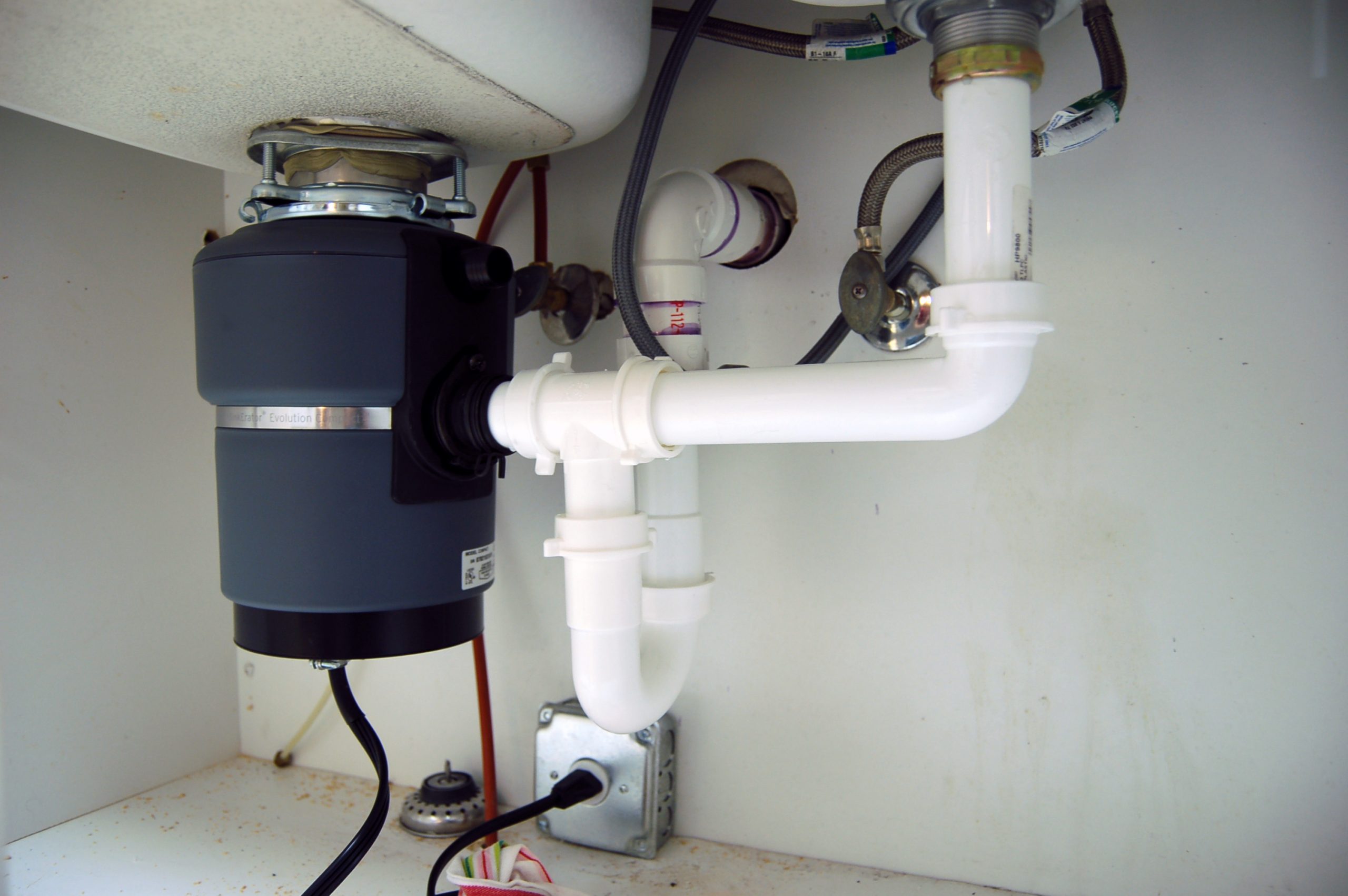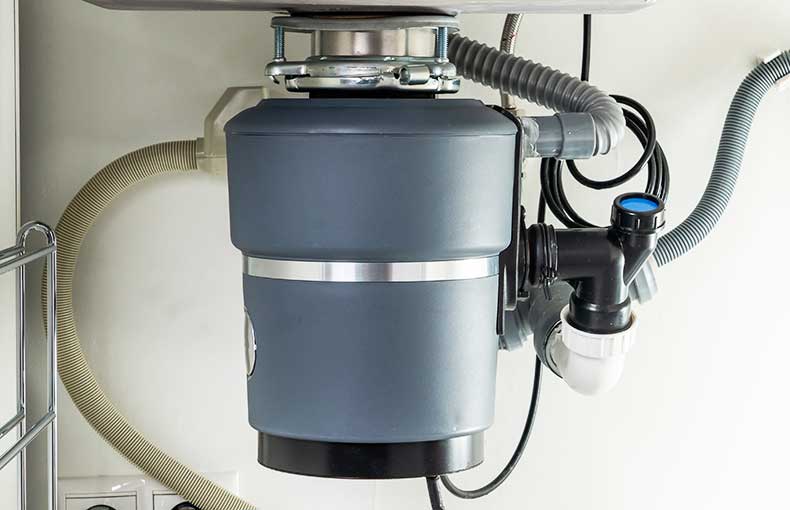Each person has got their own perception in relation to How to fix a pretty consistent leak from my garbage disposal.

Waste disposal unit are essential kitchen devices that aid in throwing away food waste successfully. Nonetheless, a dripping garbage disposal can be a discouraging and messy problem to take care of. Thankfully, lots of leakages can be dealt with easily with a few straightforward steps. In this write-up, we will go over how to take care of a dripping waste disposal unit properly.
Introduction
Garbage disposals are set up under cooking area sinks and are made to shred food waste right into smaller pieces, permitting it to pass through the plumbing system easily. While these tools are generally reputable, leakages can occur with time as a result of deterioration, loose links, or damages to the device.
Usual Root Causes Of Leakages in Rubbish Disposals
Worn Seals and Gaskets
Seals and gaskets play an essential role in protecting against water from dripping out of the waste disposal unit. Over time, these components can deteriorate, leading to leakages around the disposal system.
Loose Links
The links in between the garbage disposal and the plumbing system can come to be loosened in time, causing water to leakage out throughout operation.
Fractures or Holes in the Disposal System
Physical damages to the garbage disposal, such as splits or openings in the real estate, can additionally result in leaks.
Identifying the Source of the Leak
Prior to trying to fix a leaking garbage disposal, it is essential to determine the source of the leakage. This can generally be done through aesthetic evaluation or by carrying out basic tests.
Visual Assessment
Evaluate the garbage disposal unit thoroughly for any kind of indicators of water leak. Pay very close attention to areas around seals, gaskets, and connection points.
Examining for Leaks
One means to evaluate for leakages is by running water with the disposal unit and looking for any type of noticeable indicators of leak.
Devices and Materials Needed for Repairing a Dripping Waste Disposal Unit
Prior to starting the repair work procedure, gather the essential tools and products, including a screwdriver, adjustable wrench, plumber's putty, substitute seals or gaskets, and epoxy or patching product for repairing fractures or holes.
Step-by-Step Guide to Fixing a Leaking Garbage Disposal
Switch off the Power
Prior to trying any type of repair services, make sure that the power to the garbage disposal unit is switched off to avoid the risk of electrical shock.
Locate the Leak
Recognize the precise place of the leakage and identify the cause.
Tighten up Links
Make use of a wrench to tighten up any type of loosened links between the disposal system and the pipes system.
Replace Seals or Gaskets
If the leak results from used seals or gaskets, get rid of the old elements and change them with new ones.
Patching Splits or Holes
For cracks or holes in the disposal system, usage epoxy or an ideal patching product to secure the broken location.
Checking the Garbage Disposal After Repair Work
Once the repair is full, check the garbage disposal by running water through it to make certain that the leak has been settled.
Preventive Maintenance Tips to Stay Clear Of Future Leaks
To stop future leaks, it is necessary to carry out routine maintenance on your waste disposal unit. This includes keeping it clean, staying clear of putting non-food items or tough items down the disposal, and occasionally checking for leakages or various other issues.
Final thought
Finally, repairing a dripping waste disposal unit is a relatively simple procedure that can be finished with standard tools and products. By adhering to the actions described in this post and exercising preventative upkeep, you can maintain your waste disposal unit in good working condition and avoid costly repair work in the future.
What to Do About a Leaking Garbage Disposal
A leaking garbage disposal often goes unnoticed until you confront a sopping cabinet, a foul-smelling puddle, or an audible drip-drip-drip from the unit. The fix can be frustrating, too, because the leak can stem from a number of components in the system. Fortunately, with a little sleuthing, you can zero in on the leak and—depending on the exact location—stop the icky oozing and repair the component that caused it. Worst case scenario, if it turns out that the garbage disposal must be replaced, installing a new one is a reasonable do-it-yourself task for those with basic plumbing skills. Read on to keep the cash you’d otherwise hand over to a pro.
Prepare to find the leak
Prior to testing the garbage disposal for leaks, unplug it at the wall outlet and turn off the power from the breaker box to prevent electrical shock. Then insert a watertight sink stopper into your sink drain and wipe the unit dry with a clean cloth. In any handy container, mix a few drops of food coloring into a few cups of water, and pour the dyed water onto the sink stopper to help you locate the leak.
Investigate the source
the top, where the disposal meets the sink drain the side, where the dishwasher hose or main drain pipe connects to the disposal or the bottom of the unit Inspect each of these locations while gliding a light-colored rag over the unit; the dyed water will readily show on the rag and reveal the location of the leak. If a leak isn’t immediately apparent, remove the sink stopper and pour a few more cups of dyed water down the sink drain, then check for leaks again. Leaks near the top of the unit are more likely to show themselves while the sink is plugged, while side and bottom leaks are more noticeable while the sink is unplugged.
The metal sink flange that sits directly inside the sink drain is typically sealed around the top with plumber’s putty (a clay-like sealant) and then secured from under the sink with bolts. If the plumber’s putty deteriorates, or the bolts loosen, the flange can no longer form a watertight seal between the sink drain and the disposal—which could cause a leak at the top of the unit.
To reseal the leaky flange, you must first detach the garbage disposal. Start by loosening the screws securing the main drain pipe to the disposal, then loosen the screws in the metal clamp securing the dishwasher hose to the disposal and detach the drain pipe and dishwasher hose from the disposal. Loosen the screws in the mounting ring that connects the disposal to the metal mounting assembly beneath the sink, then pull down the disposal and carefully set it on a clean, dry surface. Loosen the bolts in the mounting assembly with a wrench, then pull down the mounting assembly and set it near the disposal.

I am just very interested in Why Is and I am hoping you appreciated our blog entry. Sharing is good. One never knows, you might be doing someone a favor. I am grateful for your time. Visit us again soon.
Book Service